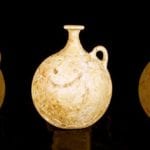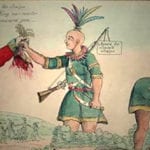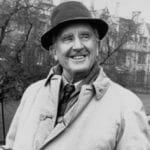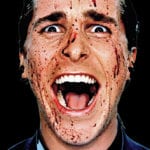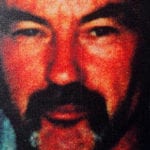 Miscellaneous
Miscellaneous  Miscellaneous
Miscellaneous  Our World
Our World 10 Green Practices That Actually Make a Difference
 Humans
Humans Ten Historic Men Who Deserve Way More Credit Than They Got
 Movies and TV
Movies and TV The 10 Most Heartwarming Moments in Pixar Films
 Travel
Travel Top 10 Religious Architectural Marvels
 Creepy
Creepy 10 Haunted Places in Alabama
 History
History Top 10 Tragic Facts about England’s 9 Days Queen
 Food
Food 10 Weird Foods Inspired by Your Favorite Movies
 Religion
Religion 10 Mind-Blowing Claims and Messages Hidden in the Bible Code
 Facts
Facts 10 Things You Never Knew about the History of Gambling
 Miscellaneous
Miscellaneous Ten Groundbreaking Tattoos with Fascinating Backstories
 Our World
Our World 10 Green Practices That Actually Make a Difference
 Humans
Humans Ten Historic Men Who Deserve Way More Credit Than They Got
Who's Behind Listverse?

Jamie Frater
Head Editor
Jamie founded Listverse due to an insatiable desire to share fascinating, obscure, and bizarre facts. He has been a guest speaker on numerous national radio and television stations and is a five time published author.
More About Us Movies and TV
Movies and TV The 10 Most Heartwarming Moments in Pixar Films
 Travel
Travel Top 10 Religious Architectural Marvels
 Creepy
Creepy 10 Haunted Places in Alabama
 History
History Top 10 Tragic Facts about England’s 9 Days Queen
 Food
Food 10 Weird Foods Inspired by Your Favorite Movies
 Religion
Religion 10 Mind-Blowing Claims and Messages Hidden in the Bible Code
 Facts
Facts 10 Things You Never Knew about the History of Gambling
10 Old Timey Quack Remedies That Inspired The FDA
Ah, the good old days, when there were no government agencies regulating what you could and couldn’t sell as a medical miracle. The 1800s were a time when people knew enough about medicine and the human body to be dangerous—and enough about capitalism to be doubly dangerous. There were few, if any, drug regulations and no agency was insisting that companies list their miracle cures’ ingredients on bottles. The result was babies addicted to heroin and adults swearing by the hydrochloric acid they rubbed on their scalps.
1 Victory V Lozenges
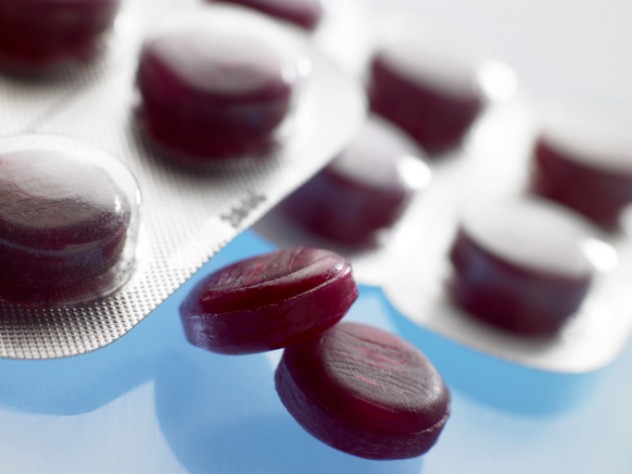
Victory V Lozenges were an extremely popular cough drop in Britain starting in the mid-1800s. Developed in part by confectioner Thomas Fryer, they were advertised to relieve symptoms of the common cold. Because of their pleasingly sweet liquorice taste and the warm feeling they created in those who took them, their popularity skyrocketed. They were a particular hit with sailors because, in a 19th century stroke of marketing genius, they were tied to Admiral Nelson and his ship.
For many years, they continued to be made in the sweets factory of Fry and Company, continuing their candy-like advertising campaign. Unfortunately, that warm feeling was created by the lozenges’ other active ingredients—ether and chlorodyne, a mix of cannabis and chloroform. Victory V Lozenges are still available, without the ether and chlorodyne.
9 Dr. Thomas’s Eclectric Oil
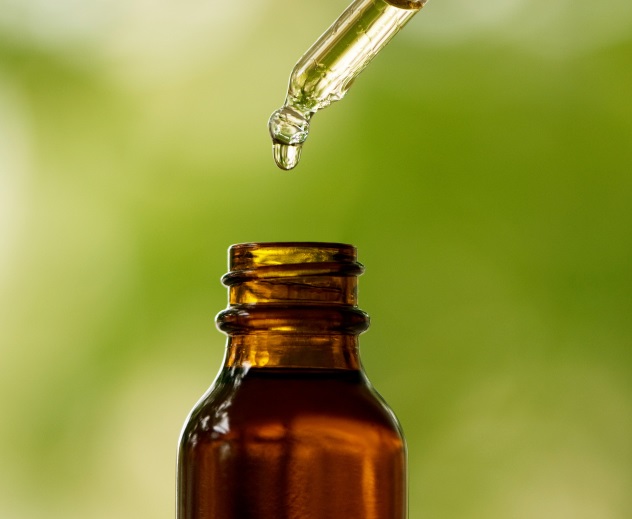
Dr. Thomas’s Eclectric Oil was a miraculous cure-all that made some unbelievable claims, purporting not only to cure a wide variety of ailments, but to do so in a very specific amount of time. A backache would be gone in 2 hours, while an earache would disappear in 2 minutes. Toothaches, deafness, coughing, and sore throats could all be cured by this miracle drug, and it would also relieve the pain associated with burns when applied to the skin.
Developed in the mid-1800s by Dr. S.N. Thomas of New York and later marketed under the name Excelsior Eclectric Oil, this remedy had as an eclectic mix of ingredients as ailments it claimed to cure. Active ingredients were opium, chloroform, hemlock oil, turpentine, an unspecified type of alcohol, and alkanet (for color). The commercially produced product was so popular that recipes were published in books like 1899’s Secret Nostrums and Systems of Medicine by Charles Wilmot, giving people the chance to mix their own version.
8 Perry Davis’ Vegetable Pain Killer
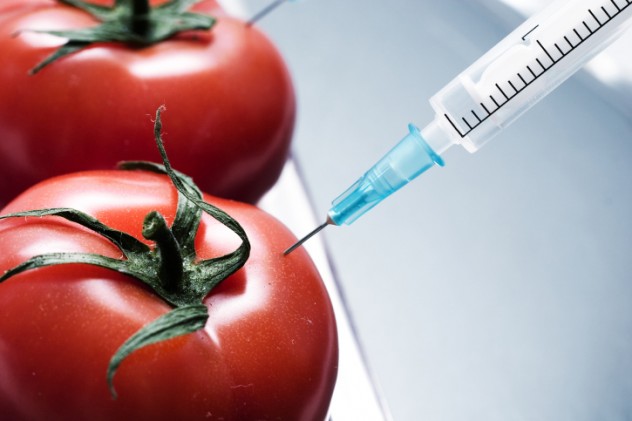
Perry Davis was born into a poor family in Dartmouth, Massachusetts. An apprentice shoemaker turned failed inventor, his middle years were haunted by chronic aches and pains from colds, coughs, stomach pains, and kidney distress. He turned his inventor’s mind to curing himself, mixing a concoction of all herbal and naturally growing ingredients.
Several centuries before “all-natural” would become a popular catchphrase and marketing tool, Davis created his Vegetable Pain Killer. Testifying that it had cured him of all that ailed him, he went on to become known worldwide for his concoction that cured everything from cholera to coughs. It was even administered to horses in the Civil War to alleviate their aches and pains. The concoction was, indeed, all-natural—and included a hefty dose of opium and ethyl alcohol.
7 The Microbe Killer

William Radam took quack medicine and hoaxes to a whole new level in the late 1880s. Standing on the shoulders of recent scientific discoveries that suggested disease was closely tied to the presence of tiny microbes in the body, Radam’s Microbe Killer made some pretty hefty claims. The tonic was supposed to purify the blood and rid the body of any microbes that were causing disease and discomfort, and Radam had the support of a handful of people who claimed to have been completely cured of their ailments by his miraculous cure. The Microbe Killer wasn’t just a miracle cure, it was a safe miracle cure.
Made by exposing water to the vapors that came from sulfur, sodium nitrate, manganese oxide, sandalwood, and potassium chloride, it was touted as not just another one of those so-called miracles of modern medicine that attracted gullible people with hope of a revolutionary, scientific cure. This was the real thing, created by a humble gardener with no other interests aside from making the world a better place. Fortunately for Radam, more people read advertisements than read the transcripts of lawsuits and the findings of an analysis by the Department of Agriculture. Radam made a fortune from the sale of a miracle tonic that was 99 percent water.
6 Gripe Water

Gripe water is another modern medicine that is simply a safer version of what it once was. An American invention of the 1840s, gripe water was given to colicky babies to stop their crying and relieve their discomfort. It certainly did its job, as it contained sodium bicarbonate, dill seed oil, sugar, water, and as much as 9 percent pure alcohol.
An offshoot of a medicine designed to treat a strain of malaria in babies, gripe water is still commonly recommended by doctors to soothe a baby suffering from colic. Now, however, the active ingredient is the combination of herbs that breaks up air bubbles in the baby’s digestive system—not alcohol that knocks them out.
5 The Seven Sutherland Sisters Hair Grower And Scalp Cleaner

Fletcher Sutherland was a reverend in Cambria, New York in the late 1880s. Another early genius of marketing, Sutherland used his seven daughters and their singing act to promote his Hair Grower and Scalp Cleaner. More important than their singing ability was their collective 11 meters (37 ft) of hair. Rumors had started that their long-deceased mother used a special tonic to grow their hair to such lengths. Sutherland saw no reason why he shouldn’t capitalize on the rumors, so he created a concoction, bottled it, and started to sell it.
The girls, who had since joined Barnum & Bailey Circus, promoted a hair product that eventually raised them more than $3 million. With the honest reputation of their preacher father and living proof in the girls’ long hair, who would think that the mixture of rum, salt, magnesia, and hydrochloric acid wouldn’t work?
4 Coca Wine

Coca wine was the original energy drink. It wasn’t just marketed as a wine, but also as a medicinal drink that would cure fatigue of the body and mind as well as offer an emotional pick-me-up. It certainly would, as it was mostly a mixture of alcohol and cocaine.
Vin Mariani, a Corsican company founded in 1863, was at the forefront of coca wine production. Boasting more than 7,000 written endorsements from physicians on how the product stimulated brain, body, and nerves, they also had one stellar endorsement that topped them all—a gold medal from Pope Leo XIII. The pope was said to carry a hip flask of the stuff for those times when prayer just didn’t cut it and appeared on a promotional poster, along with his endorsement: “His Holiness The Pope writes that he has fully appreciated the benefits of this Tonic Wine.”
Another notable producer of coca wine was American John Pemberton. His original concoction of wine and cocaine hit a production roadblock when prohibition outlawed the sale of wine. He was forced to replace the wine in his drink with a sugar syrup, marketing it as “the temperance drink.” eventually, the cocaine was removed as well, but the name Coca-Cola stuck.
3 Dr. Scott’s Electric Devices

While not containing opium, heroin, cocaine, or alcohol, Dr. Scott still deserves a place among the others due of sheer volume and mislabeling of his devices. Though he called his creations electric devices, their curative powers lay in the magnetically charged iron rods that were in each of his hair and flesh brushes. While it might be a given that an “electric” hair brush would relieve headaches and prevent baldness, Dr. George Scott went a few steps further and claimed they could also cure constipation, blood diseases and paralysis.
He didn’t stop at brushes, either—he released a whole line of magnetic devices including corsets, belts, button hooks, curling combs, bracelets, toothbrushes, nail brushes, hats, anklets, rings, shoulder braces, shoe insets, and even brushes for horses. In perhaps his most brilliant marketing move, Scott warns against sharing his electric devices, because the more people that used an item, the more its healing powers would be depleted.
2 Cocaine Toothache Drops
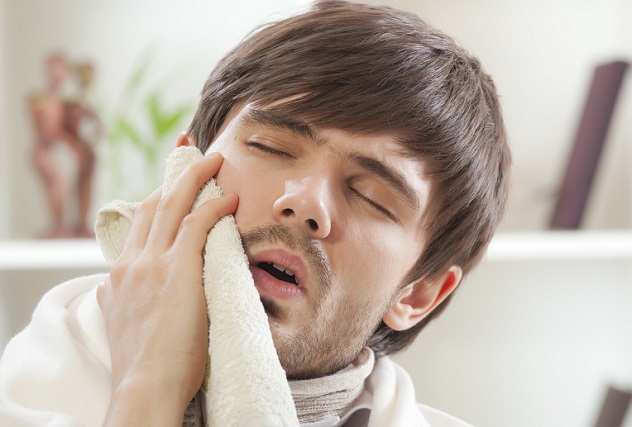
At least Lloyd Manufacturing was truthful in the labeling of their Cocaine Toothache Drops. Boasting an “Instantaneous Cure!” for only 15 cents, Cocaine Toothache Drops were made in Albany, New York in the 1880s. And, perhaps frighteningly, they worked. The cocaine was prepared in such as way that it acted as a topical anesthetic while minimizing the mood-altering effects of the substance, but somehow, it still doesn’t seem as safe for both children and adults, as advertised.
Cocaine-based throat lozenges were also extremely popular—they also acted as a topical anesthetic, numbing the pain of a sore throat. Many druggists and chemists would buy tablets in bulk and repackage them under their own labels.
1 Bayer Heroin
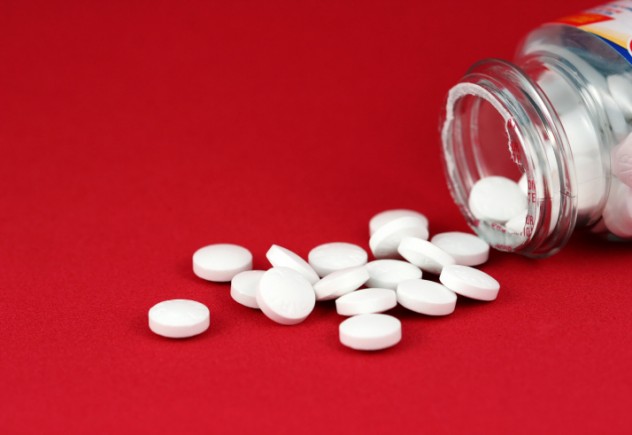
In the case of Bayer, it wasn’t a matter of a company or individual using what’s now a controlled substance as a cure-all. With Bayer, they invented it. The first manufactured heroin was a product of the Bayer pharmaceutical company in Germany. Production started in 1897, and within two years, the company was making a ton of heroin each year. It was exported around the world, where it was used as a cure for tuberculosis and pneumonia and as a pain-killer.
Oddly enough, heroin was also marketed as a solution to a problem that had grown to be worldwide by the late 1800s—opium addiction. The first solution to getting people off their opium addiction was to switch them to the supposedly less dangerous morphine. When that didn’t work, they tried weaning opium and morphine addicts onto this new, also supposedly less dangerous drug called heroin. Medical reports around the world gave heroin a cautious thumbs-up into the 1900s, and it was even approved by the American Medical Association in 1906. Obviously, it didn’t work, and by 1924, it’s estimated that 98 percent of New York’s drug addicts were addicted to heroin.
